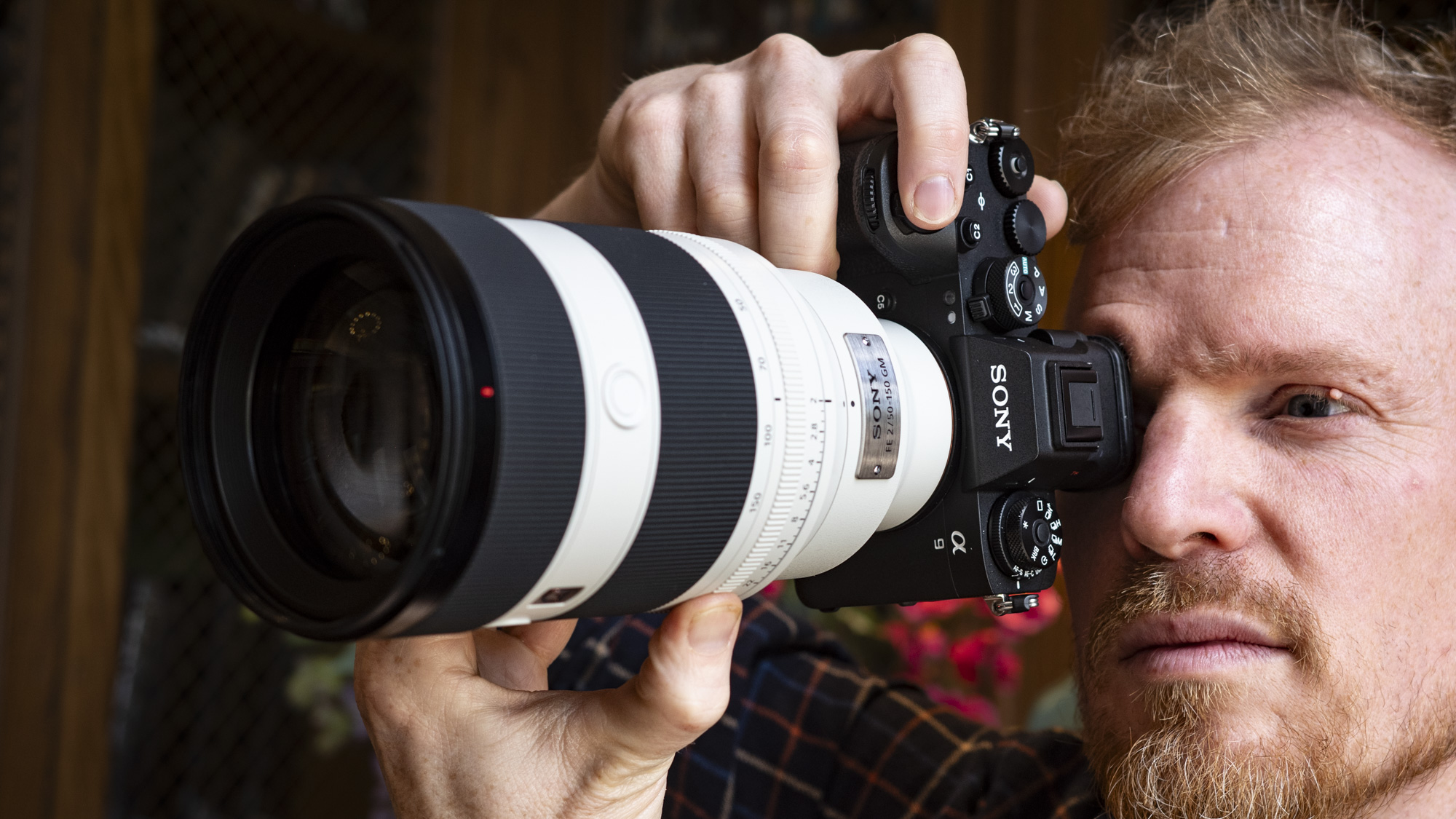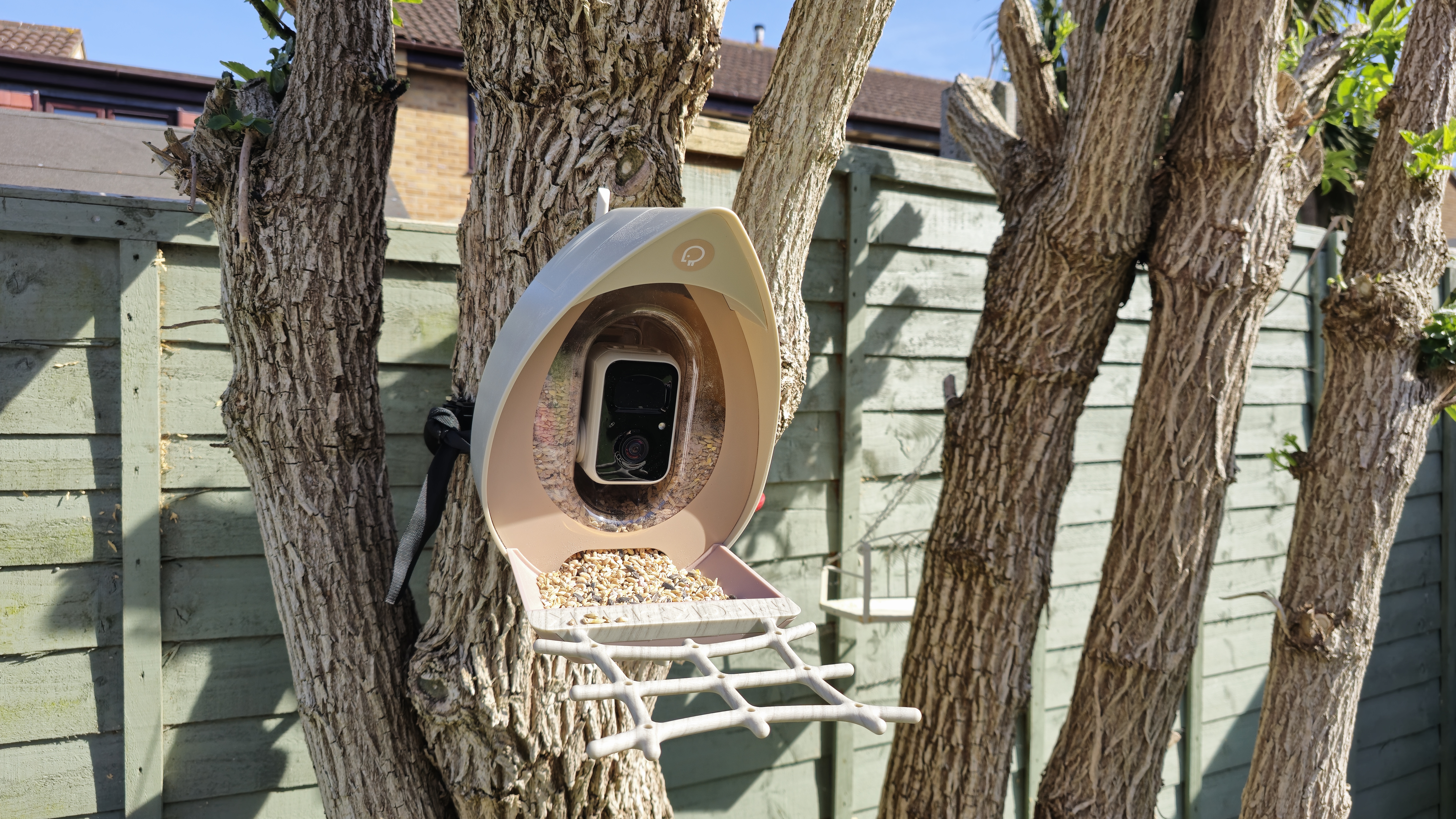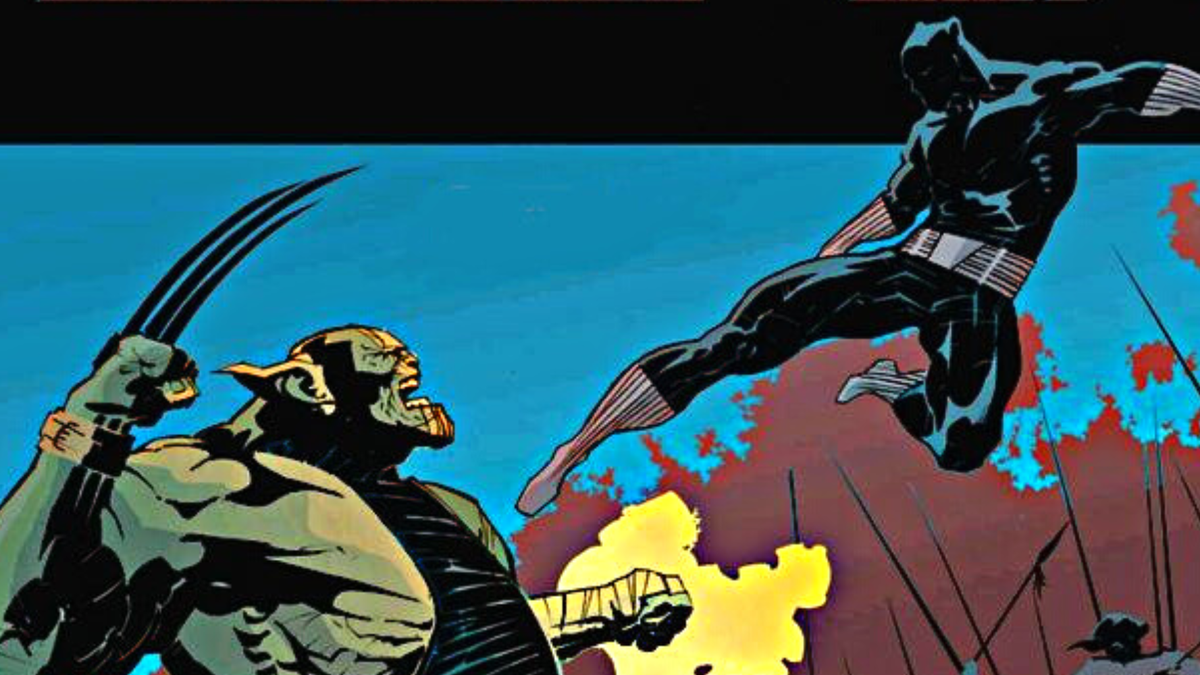Online multiplayer game study shows frequent sexual harassment, abuse
A paper from the Offenburg University in Germany shows new statistics about sexual harassment in Valorant and Overwatch, two popular online multiplayer shooters from Riot Games and Blizzard Entertainment. The results showed that sexual harassment and abusive comments are still an unfortunately common part of online play experiences, with the authors suggesting a larger study […]


A paper from the Offenburg University in Germany shows new statistics about sexual harassment in Valorant and Overwatch, two popular online multiplayer shooters from Riot Games and Blizzard Entertainment. The results showed that sexual harassment and abusive comments are still an unfortunately common part of online play experiences, with the authors suggesting a larger study should be carried out across a wider range of games. The paper, “Sexual Harassment in Valorant and Overwatch Voice Chats,” covers two studies — one that focused on both games, and one that zoomed into Valorant. Polygon reviewed the study, which shows subjects encounter a regular stream of both toxic, profane insults and sexual harassment.
Both games have professional esports scenes, and both encourage players to climb a competitive ladder, continually improving their own skills. The first study followed two female players, tracking their games played from home, and transcribing the voice chats throughout each match. The Overwatch player, known as Subject P1, played in the Platinum League, which puts her in approximately the top 37% of players skill-wise. The researchers saw several instances of general harassment over the 19 observed Overwatch matches, with no instances of sexual harassment during these matches. Subject P2, who chose Valorant, was Silver 3, which places her in the top 33% of players. The researchers observed 9 Valorant matches in which both general and sexual harassment occurred.
The second, longer-term study followed four subjects over the course of 30 Valorant matches each, for a total of 120. The study shows continual instances of sexual harassment encountered during online gaming. There were 82 cases of sexual harassment logged over 120 matches. Sexual comments and insults were found in 14.17% of matches. The subjects also encountered a regular stream of non-specific toxicity; 80.8% of 120 matches had profanity, and general verbal abuse occurred in 25.8% of matches. While sexual harassment is less common than general toxicity, it is consistent — about one in every seven Valorant matches included a teammate sexually harassing a subject over voice chat.
Valorant and Overwatch make for an interesting case study, as the developers of both games have aimed to create broadly accessible FPS games, with a diverse cast of characters to choose from. The gameplay is accompanied by out-of-game cinematics and story material showing the lives of these characters, including a romantic relationship between queer characters Fuse and Killjoy. Overwatch is well known for cultivating a community interested in the lore side of the game, hosting a healthy fandom that creates cosplay, fanfiction, and fan art. However, Blizzard and Riot have yet to find a meaningful solution to player-generated harassment via voice chat, and players are left to deal with the results.
Correction: This story previously omitted details about the results of each individual game’s results from the first study. It has been corrected to reflect the results for both Overwatch and Valorant.































